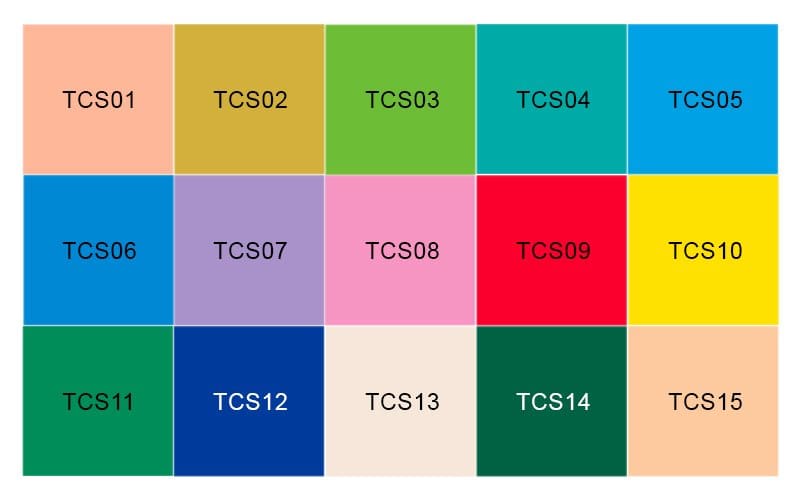Have you ever wondered why colors seem to pop when you’re outside more so than when you’re under artificial lighting inside? What is it that makes a rose so vibrantly pink, or foliage so green, but when they are brought indoors, they just seem muted and dull? It’s not for a lack of light, but rather the fullness of the spectrum of color wavelengths in the light. This is attributed to Color Rendering Index (CRI).
On the scale of 0 to 100, sunlight has a CRI value of 100. This is the gold standard to compare all lighting against. Incandescent lighting, with all of its pitfalls and inefficiencies, can achieve a nearly perfect CRI value. Other sources of light, such as LEDs, can come close to this level but has yet to achieve 100 CRI. Compact fluorescent (CFL) bulbs are even lower on the CRI scale.
Artificial lighting that achieves a CRI value of 90 or above is considered to be a “high-quality light source” from a color rendering perspective. The closer the sum of the colors are to a “natural white” sunlight the higher the CRI value.


Move slider to see a simulation of low CRI (Left) and high CRI (Right).
So how is CRI determined?
A computer can calculate the CRI of any particular bulb once a few variables are first established:
- What is the spectrum of the light being measured?
- Identify the color temperature of the bulb (2700K, 3000K, 4000K).
- Match a known and universally agreed upon daytime color spectrum for the test to have accurate, standardized, and repeatable results.
Both light sources (the natural light and the lamp being certified) are tested against a series of 15 color swatches called “Test Color Samples” (TCS).


The Delta Δ (difference) of the two comparisons is established resulting in the R (Reference) value.
The “R” value is what is created for each of the 15 color samples. Once averaged, an overall CRI score will be given. This represents how well a light source replicates natural white light of the same color temperature.

Summary:
Color plays a pivotal role in how people perceive objects. From the food you eat, to how you look in the mirror after a long day at work. Nobody wants to think they are eating gray food or look like they’ve been living under a rock for a month.
Areas that benefit from having high color rendering could be residential areas, hospitals, photography studios, or restaurants. These dwellings and establishments depend on full spectrum high CRI illumination to improve an individual’s mood, or perception of their surroundings. In a commercial space, this can translate to improved revenue and repeat business. People are more likely to interact with properly illuminated locations. Lower CRI lighting could be considered acceptable in warehouses, laundromats, or parking lots; where correct color rendering is considered less pivotal for daily operation, and more or less required for safety or basic function. Alternatively the cost of higher CRI lamps does not necessarily equate to increased revenue or attendance. In any case the necessity of high color rendering is always dependent upon the application.
At EmeryAllen we always strive for the highest color rendering possible, while maintaining a high level of efficiency.

